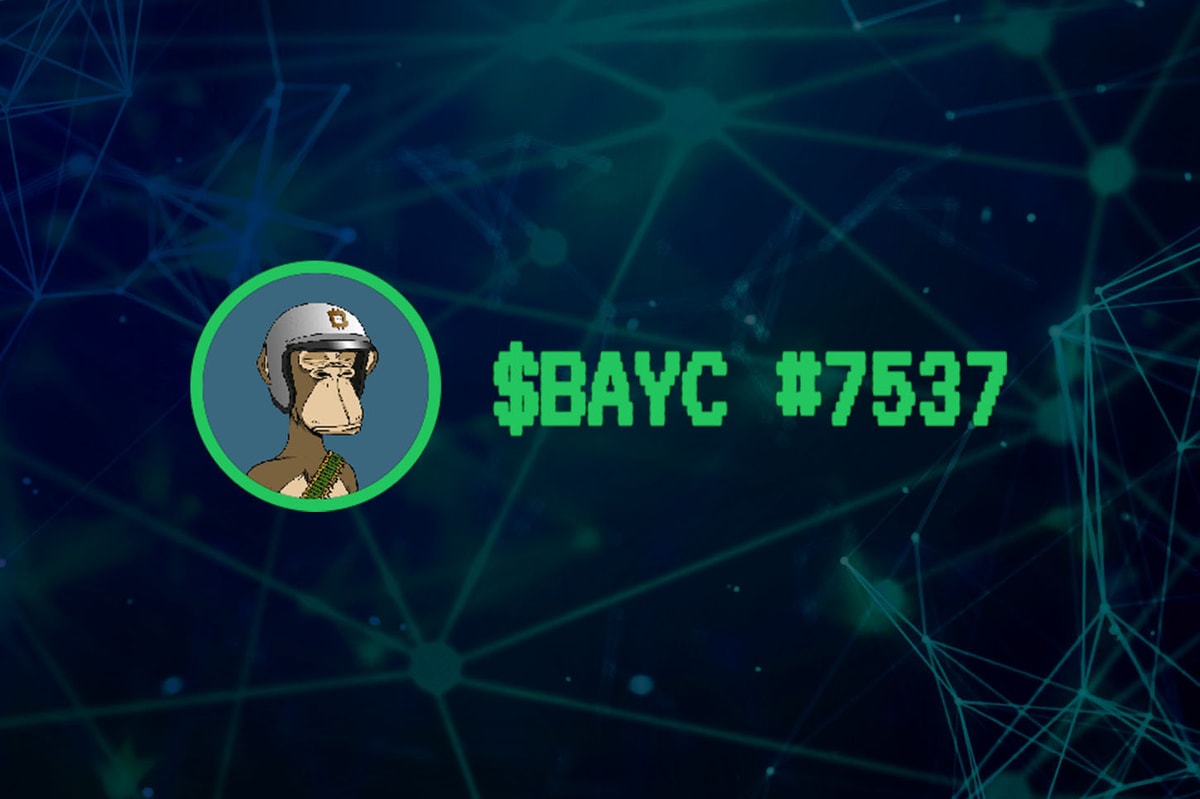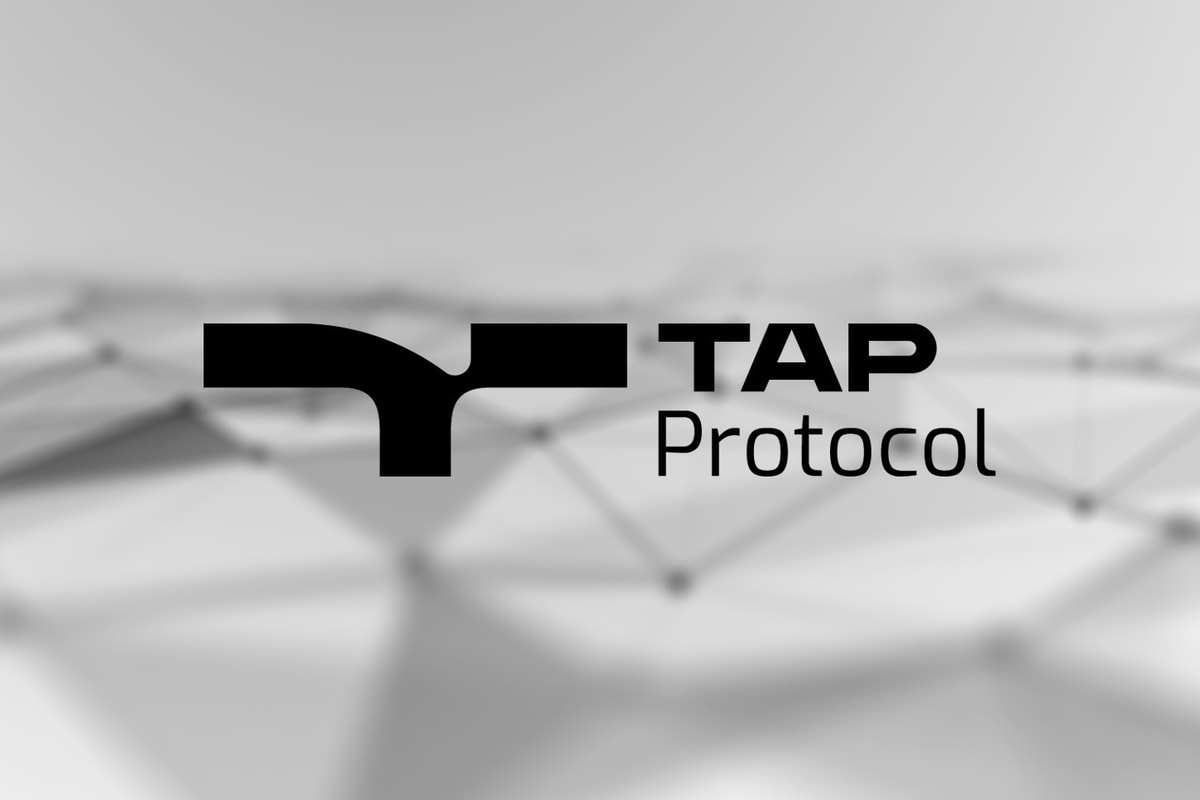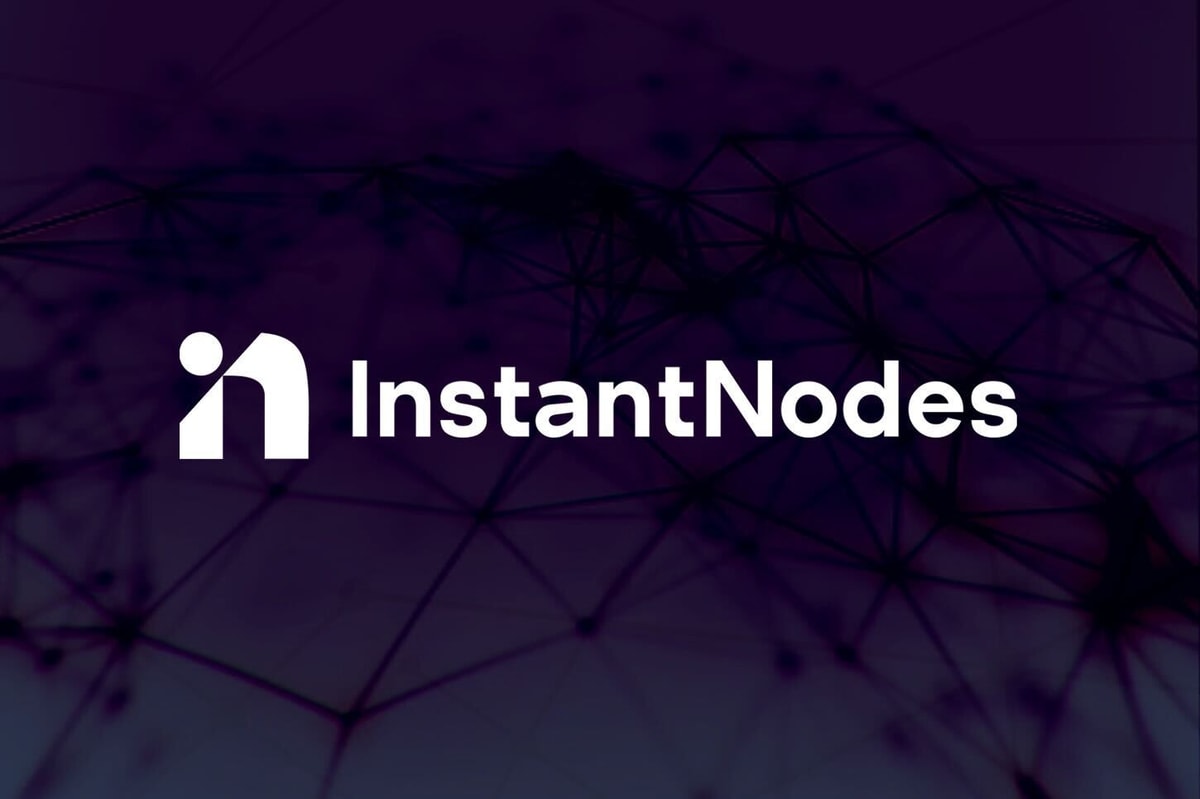Ref Finance v2 is bringing the future of trading to Near: a discretized liquidity automated market maker (DLAMM) with limit orders. With the new version launching in the coming weeks, you can soon enjoy a centralized exchange (CEX)-like trading experience with all the decentralized exchange (DEX) benefits.
With DEXs being more important now than ever, let us take a look at where they are headed. In this article, we will analyze the evolution of DEXs through its prime example, Uniswap, and introduce the next phase of its development: discretized concentrated liquidity.
As opposed to automated market makers (AMMs), where liquidity is simply provided without specifying a range, concentrated liquidity means liquidity providers (LPs) can allocate capital to their preferred price intervals, which allows for significantly higher capital efficiency. Concentrated liquidity benefits all parties: traders and LPs.
LPs benefit from the capital efficiency of providing a narrow range of liquidity, which is generally utilized more by traders, and consequently can generate up to 4,000x more fees compared to Uniswap v2.
Traders, in turn, benefit from the deeper liquidity within the specific range, which reduces slippage when swapping.
Uniswap v3 saw strong adoption from the crypto community thanks to its new concentrated liquidity model. Uniswap v3 volumes increased non-stop since its launch, quickly reaching a 97.2% dominance over Uniswap v2 in terms of daily volume.

Discretized liquidity on Ref v2
In partnership with iZUMi Finance and Arctic, Ref Finance is proud to introduce Ref v2: the DLAMM with limit orders. Think Uniswap v3’s concentrated liquidity but better, and now with limit order functionality to bring the CEX trading experience on-chain.
How Ref v2 improves upon Uniswap v3
Ref v2 not only introduces the best parts of Uniswap v3 (capital efficiency) with its discretized liquidity AMM but goes even further to enable a CEX-like trading experience normally impossible on DEXs with a built-in limit order functionality. And you can get all of this, with the full benefits of a DEX: decentralized, secure and transparent end-to-end transactions for traders and liquidity providers.
On Ref v2, you can:
- Enjoy high capital efficiency thanks to the discretized liquidity AMM
Just like on Uniswap v3, Ref v2 enables you to provide concentrated liquidity — i.e., liquidity that is specific to a price range. This means that as an LP, you are able to provide liquidity to a price range that you think traders utilize more and potentially collect way more fees than before. As a trader, you can potentially enjoy deeper liquidity in the price ranges that you frequent, as liquidity doesn’t have to be spread out across the entire range anymore.
- Enjoy Uniswap v3-style AMM at a fraction of the speed and costs
By leveraging Near, Ref is able to offer its discretized liquidity AMM with incredibly fast finality (one to two seconds) and at negligible costs (fractions of a penny).
- Place limit orders
By definition, a limit order is an order to buy or sell an asset with a restriction on the maximum price to be paid or the minimum price at which you sell. This is a typical feature on CEXs that use an order book, which allows users to program orders within their preferred price range.
Currently, there isn’t a proper limit order function on Uniswap v3. The only way is to provide concentrated liquidity outside the current price and thus mimic a limit order. Ref v2, on the other hand, introduces built-in limit order functionality. Now, users can trade on a DEX like they normally would on a CEX.
- Place limit orders without price limitations
As Uniswap v3 only allows limit orders in a roundabout way, once the synthetic limit order is filled, if or when the price returns to its original point, LPs are no longer able to claim their order earnings, as the earned tokens would have been reverted.
On Ref v2, users can place limit buy orders at a price higher than the current price, and the algorithm will then auto-match with the best price. This further provides a trading experience akin to CEXs.
- Place limit orders with near-zero slippage
Thanks to Ref’s discretized liquidity AMM, which leverages the power of a constant sum formula, traders can not only place limit orders but do so with near-zero slippage.
Moreover, when traders place limit orders on Ref v2, they effectively become temporary LPs to that pool in that price range. Aside from the state-of-the-art DLAMM model itself, Ref v2’s limit order capacity effectively adds additional liquidity into the pools, thus reducing even more slippage.
- Benefit from limit order priority and fair LP fee structure
The introduction of the limit order liquidity provider on Ref v2 naturally introduces competition on fees with the regular LPs who provide concentrated liquidity. To best incentivize each party, limit orders will always be prioritized in terms of the order of transaction, but the LP fees will be distributed proportionally to the concentrated liquidity providers.











